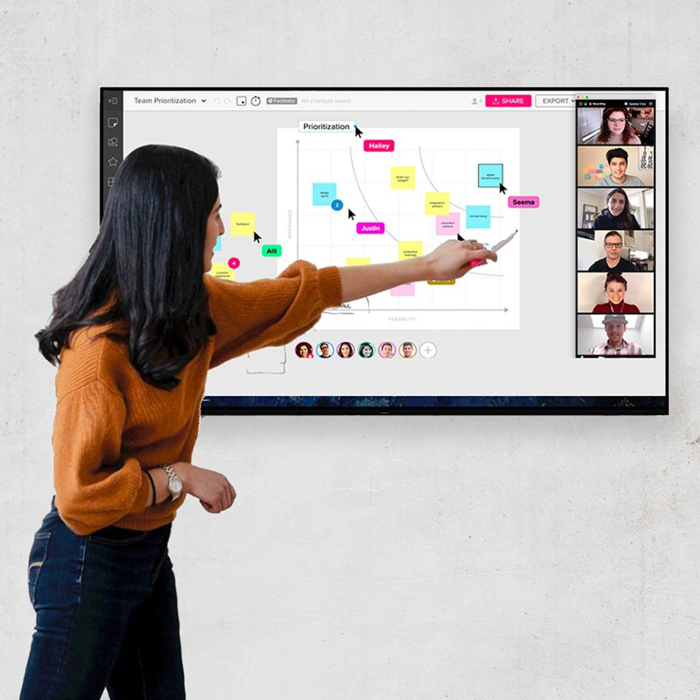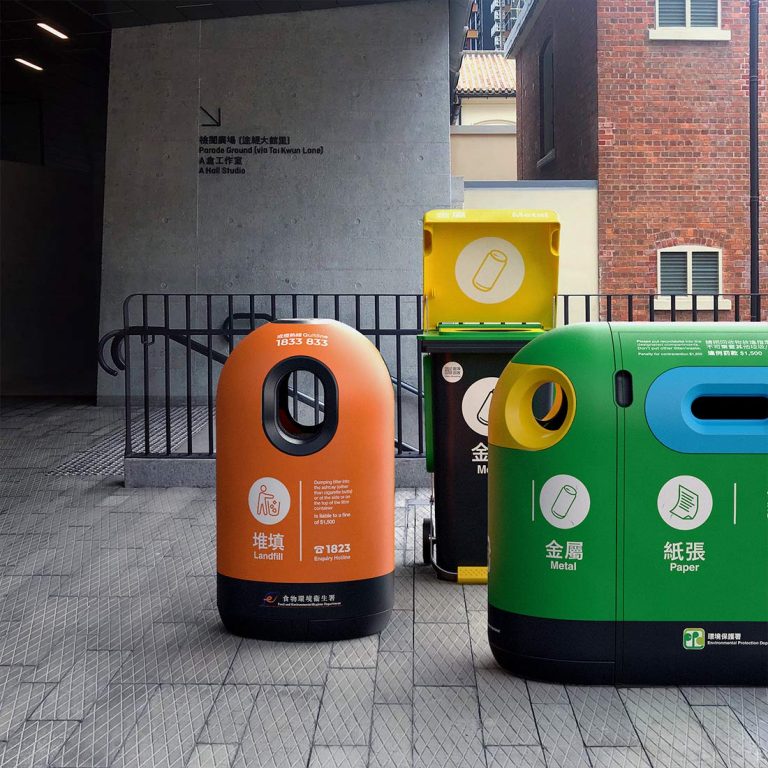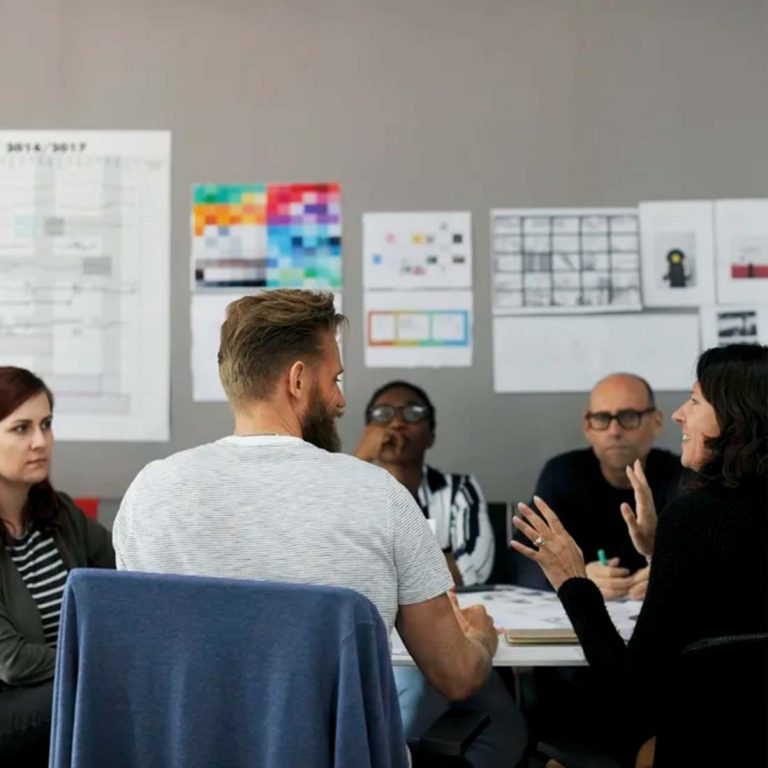By Louis Chan
Original article Here
Three words that arguably sum up the essence of the Greater Bay Area (GBA) initiative – integration, connectivity and synergy. Embracing this tripartite spirit, Hong Kong design and innovation consultancy, C’monde Studios, has developed a business model that also adds innovation into the mix.
The company, based in the PMQ complex in the Central District, believes that if Hong Kong, its home city, optimises its performance in the coming years, it will be a powerful driver of developments at the very heart of the GBA.
Just over a year on from the Beijing Central Government unveiling its outline plan for the GBA, the small but committed team at C’monde remains intent on building a business capable of meeting the challenges and opportunities of the envisaged Pearl River Delta (PRD) economic powerhouse.
The transformation of the region – which extends across Hong Kong , Macao and nine Guangdong cities, a 70 million‑strong consumer market with a combined GDP of US$1.6 trillion – forms part of China’ wider vision of an inter‑linked world within the framework of its ambitious Belt and Road Initiative (BRI). Ultimately, Beijing sees establishing long‑lasting commercial ties, both regionally and internationally, as essential for global economic development.
o
Scandinavian DNA
For his part, Johan Persson, the Founder of C’monde, as well as its Design and Innovation Director, first arrived Hong Kong 15 years ago. Previously, he worked for one of the biggest innovation and design consultancies in Stockholm, the capital of Sweden, his home country. Essentially, he wanted to establish a business centred around innovation and an adept balance of minimalism, functionality and eco‑friendliness – qualities almost wholly‑synonymous with Scandinavia.
Back then, Persson and his colleagues sensed a distinct business disconnect between the East and the West, one that impaired their capacity to operate to their maximum effectiveness. With this in mind, he soon set about developing a strategy that would allow them to overcome any such obstacle.
Recalling those early days, he says: “This was at the height of global polarity. At the time, one part of the world – the West– was the market, while the other – the East – was the centre of production.
“Working in the strategic design and innovation sector at a time when there was such a division created a real problem for us.This was largely because the final specification of a product was actually determined by the capabilities of the factory where it was manufactured, with many of them offering limited or even no co‑operation. This meant that it was very difficult for us to ensure the original design intent remained intact, leaving us unable to guarantee we could meet the requirements of our customers.”
As a result, in 2005, Persson resolved to try and bridge the East / West divide. Securing investment from Sweden, he established a company in Hong Kong with the aim of getting a better understanding of the production process and interacting more with manufacturers, while gaining a greater insight into the emerging Chinese consumer market. He soon came to realise, however, that many manufacturers still had the kind of outdated mindset that saw them producing goods with little or no awareness of market requirements, while only focusing on cutting costs and competing solely on a price basis.
Despite such restrictions, he still managed to complete several landmark projects on behalf of local clients. Most notably, he worked with Octopus Cards, the company behind the rechargeable contactless smartcards used by millions of Hong Kongers every day to pay for travel and make other purchases.This saw Persson and his team redesign the card reader used by KMB, Hong Kong’s largest bus company. The new unit, with its larger font size and improved screen contrast, proved of particular benefit to
visually‑impaired passengers throughout the city.
Taking a temporary break from the design consultancy world in 2012, Persson then developed his own audio / earphone brand, capitalising on the experienc he had gained during his many years of working on such equipment for a number of fashion brands, including WeSC (We Are the Superlative Conspiracy), a Swedish street‑wear label. To this end, in association with a New York distributor, he launched his proprietary me.u range of earphones. Manufactured in Shenzhen, they were largely sold in the US, while also being available through specialist entertainment retailers throughout Asia, notably HMV.
Cultural Shift
In 2015, with a new generation of startups beginning to make their mark and a wave of accelerators / incubators setting up in close proximity to the Shenzhen manufacturing hub, Persson sensed the time was right to return to the world of consultancy. Ultimately, this saw him resolve to set up a new business, one that would address the same issues he had identified back in 2005 but this time on behalf of more established brands.
Among the new startups, he became aware of the prevalence of a design‑thinking development process, one based on the lessons learnt from various digital transformation projects that had centred on providing a particular solution for a pre‑defined problem. In light of this, Persson saw the need for an user‑centric innovation consultancy that would allow him to play to his own considerable strengths. His solution was to launch C’monde.
One of the challenges he – and his new business – faced was convincing clients of the absolutely necessity of integrating a truly user‑centred philosophy into their everyday operations. The dynamic nature of the contemporary market, he believes, obliges companies to have in place a streamlined and effective innovation process, one that factors in the ever‑changing needs of customers and industry sectors.
In particular, he believes innovation is not an issue relating to technology alone. Instead, he maintains that many of the world’s leading businesses owe their success not just to their proprietary technology, but also to their facility to develop business models that disrupt entire industry sectors.
Citing examples, he outlines how Google transformed from a search engine to an online advertising company and how Uber reinvented transportation as service rather than one related largely to personal ownership. To his way of thinking, innovation is a process that extends across technology, procedures, experience and business models. In light of this, he saw his new business as straddling all such requirements via its adoption of a user‑centric philosophy he termed “Design Thinking.”
Detailing his approach, he said: “While the old‑fashioned, traditional way of thinking is changing, it’s not changing quickly enough. There is an urgent need to get a better understanding of consumers with a view to enhancing the customer experience across all ages and classes – something that increasingly requires the input of designers rather than engineers.
“While things are certainly improving, many of Hong Kong’s larger industry segments are still very conservative when it comes to ensuring their business models remain innovative. I do, however, believe there will need to be a massive cultural shift if Hong Kong truly wants to play a key role in the ongoing development of the GBA, especially as many other cities within the region have already embraced a more agile approach.”
In line with this, according to Persson, there is nowhere in the world that can currently compete with Shenzhen when it comes to mass‑market product development, out‑of‑the‑box thinking and speed to market. Expanding upon this, he said: “While I still see Shanghai as a creative hub, I can also see how quickly the creative industries are developing in Nanshan and throughout the GBA, as the region seeks to refine its role higher up the value chain. It’s an ongoing process and an essential one.”
Among the studio’s recent successes is its work on a stylish new aroma diffuser, which proved a perfect showcase of just how design and innovation can rejuvenate a relatively mature market by introducing freshly‑patented user‑centric technology. This resulted in the creation of a decidedly sleek, app‑controlled aroma diffuser. Uniquely, it not only allows users to enjoy a range of natural scents, its streamlined customisation settings have also been optimised for use with the most sophisticated essential oil blends.
Bright Future
While Persson is only too aware how much remains to be done with regard to updating Southern China’s business culture, while weaning it off its traditional production mindset, he does see reasons to be optimistic. In particular, he believes the GBA and the prospects for its ongoing development could prove hugely positive in terms of delivering a genuinely bright future.
Outlining the thinking behind his upbeat sentiment, he said: “What I find particularly exciting with regard to the way the PRD is evolving are the cooperative and collaborative possibilities that are opening up, with many of the constituent cities having quite distinctive and individual offers. The product development know‑how accumulated in Shenzhen, for instance, is quite mind‑blowing.
“There is also an incredible synergy between Hong Kong and Shenzhen – there is nothing quite like it any anywhere else in the world. While Hong Kong is a global financial hub and an unmatched gateway for mainland Chinese investment, Shenzhen has unrivalled R&D capabilities – together they are a formidable combination.”
Addressing the recent situation, Persson said: “Obviously there have been issues and everyone has been aware of them. Now, though, if Hong Kong embraces change, prioritises innovation and builds on the undoubted strengths it has developed over many decades, while retaining its position as an outward‑looking, international city, then there could be very good times ahead.
“In terms of where we are right now with regards to innovation and design thinking, Hong Kong can become a key provider of the kind of professional services that will not only add value to businesses throughout the region but will also help fuel the overall growth of the GBA. If Hong Kong makes the appropriate moves, there is no doubt it will contribute hugely to the success of the GBA.”
Return on Design Investment
From Persson’point of view, further economic growth across the region will be down to maintaining a competitive market position via the tactical deployment of strategic design and innovation. Only then, he believes, will regional companies truly be able to scale the value chain. As proof of this, he cites recent studies conducted by McKinsey, the global consultancy giant, and the British Council that clearly demonstrated how integrating design thinking into the overall business model benefits the bottom line.
Singling out one of the findings of the surveys. he said: “The research showed that that best design practitioner increased their revenue and shareholder returns at nearly twice the rate of their industry counterparts, according to figures from the S&P stock market index.
“Accordingly, our key objective is to be at the very forefront when it comes to promoting innovation and customer insight throughout the GBA. Above all,we want to encourage our clients and support them as they look to improve their design and innovation processes. Only then can the successfully transform and create new and ever more meaningful products and services, while delivering positive experiences, building lasting relationships and securing long‑term customer loyalty.”
By Louis Chan
Hong Kong Trade and Development Council



